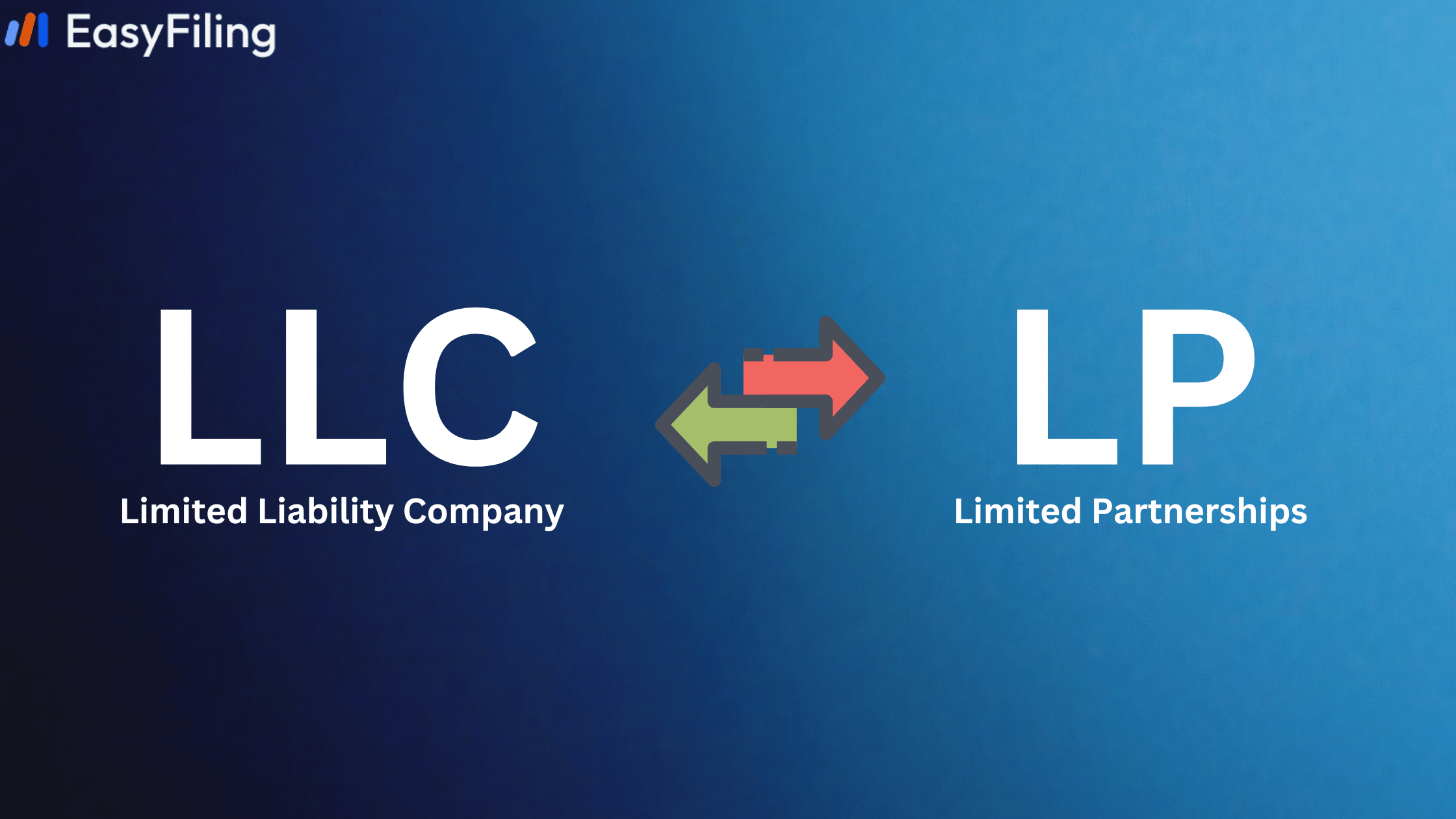As a single-member LLC, the firm does not consider separating business transactions from personal tax filing. All business activity is accounted for by the owner. Therefore, understanding the contributions to the business and the distributions from it are critical for effective financial management and IRS compliance.
Contributions are non-taxable injections of cash or other assets that an owner invests to fund business operations, whereas distributions, or profit withdrawals, are non-taxable profits taken from the business which have already incurred income tax.
Well-maintained records of these transactions prevent the over or under-reporting of financial activities. This paper analyzes Non-Recorded single-member LLCs and their consequences on the taxation of the business owner.
Business Contribution
Business contribution is the owner’s donation of either cash, assets, or property to the LLC. Contributions help the business to operate by providing capital to finance its activities. Contributions can include:
- Cash Contributions: Uploading cash into the LLC’s bank account from the owner’s account.
- Asset Contributions: Providing a working place or business with equipment such as furniture or real estate.
- Service Contributions: Services performed by the sole member to the LLC is not considered as a contribution in good for tax purposes by IRS.
Increased contributions help foster the growth of the owner’s equity in the LLC making him financially deeper in the business.
Treatment of Tax on Contributions
Considering that a single-member LLC is treated s an entity that does not exist for taxation purposes and therefore, any contribution from the owner does not have any taxable consequences. This shows:
- A contribution in terms of capital or assets does not result in a gain or loss taxation event for the owner or the LLC.
- The IRS fails to consider these contributions as an income to the LLC.
- The value of the contributed asset is not altered from what it was before the contribution.
- Contributions are not deductible in the tax return as business expenses.
Recording the Contributions
In the event the owner contributes assets or funds to an SMLLC, the following happens:
- There will be an increase in equity in the LLC’s books of account.
- For taxation purposes, the value of the contributed asset remains the same.
- The contribution has no tax consequences.
- An optional capital account can be opened to record all the contributions made by the owner.
Business Contribution Example
It does not matter if the owner pays $10,000 cash and $2,000 for a laptop to a single-member LLC to set it up because:
- The total contribution received by the LLC is $12000.
- Equity accounts of the owners increase by $12,000.
- The owner paying 10,000 and 2000 for a laptop is not a taxable event.
- The basics for depreciation of the laptop will stay at $2,000.
Business Distribution
Business distributions refer to the withdrawal of funds, assets, or any other resources from a business to be used personally by the owner. It is different from payroll since it is not considered a wage or salary. Instead, it is the profit or return on investment for the owner.
There are different forms of distributions which include:
- Cash Withdrawals: Here, the owner takes funds from the business account for personal purposes.
- Non-Cash Benefits: The owner is allowed to utilize some of the business resources like company vehicles for personal purposes, although failing to document may result in tax issues.
- Asset Transfers: Business property can be turned into personal property by a change of title.
Tax Treatment of Distributions
Distributions from an SMLLC are not taxable for the following reasons:
- All LLC income has already been provided on the business owner’s tax return, usually on Schedule C of Form 1040.
- Distributions from the SMLLC LLC will not result in further income tax since the LLC is not taxed at the entity level.
- Distributions do, however, alter the owner’s equity (capital) within the LLC.
Excess distributions over the owner’s basis can be classified as potential capital gains tax.
Accounting for Distributions
- The distributions will cause a decrease in the owner’s equity account.
- The money withdrawn does not constitute income and does not get reported as income, but does have an impact on the owner’s contribution account in the LLC.
- If withdrawals are higher than the Owner’s investment value in the LLC, the LLC may face taxation consequences.
Business Distribution Example
Assume that the LLC makes a profit of $20,000 and the owner takes a $5,000 distribution:
- The $20,000 will be reported as business income on Schedule C.
- The owner will self-employment tax for the entire $20,000.
- This amount and the $5,000 distribution do not create additional taxable income.
- SMLLC owner’s balance in the LLC gets reduced by $5,000.
Parts of the LLC Capital Account: Contributions and Distributions
Building Equity
- In a statement of changes in equity, contributions increase ownership stake.
- Equity is created without triggering taxation due to internal funds being used.
- Contributions form non-eligible income according to the IRS.
Reducing Equity
- Distributions are defined as money withdrawn that has already paid tax to the Federal Government.
- Distributions do not alter the taxable income but do change the capital structure of the LLC.
- As with any other nature, there may be an over-excessive utilization of these funds resulting in an underfunded LLC.
Important Points to Remember for LLC Owners
Tracking Contributions and Amending Complete Records
Organizing and amending the records of contributions and withdrawals is important for the following:
- Track the owner’s equity in the LLC.
- Ensure accurate tax reporting.
- Avoid potential IRS scrutiny in case of an audit.
A Simple Guide to Basis Calculation
The basis for an LLC can be calculated with the following equation:
Starting Basis + Contributions + Profits – Distributions – Losses = Ending Basis
An owner withdrawing more than his basis may incur capital gains tax.
Strategies for Taxes
Because all profits are reported on the owner’s tax return, there is no income tax at the LLC level.
- Avoid penalties by making estimated tax payments every quarter.
- Self-employment taxes must also be considered in the overall planning.
Wrap Up
In a single-member LLC, contributions and distributions are considered differently than other business entities.
Contributions are not taxed and increase the investment made by the owner while distributions decrease investment but do not attract tax.
Keeping accurate documents along with understanding tax responsibilities enables owners of an LLC to effectively handle their finances with respect to the LLC and the IRS.
File Your LLC Today
25$ off with a coupon
Lock in EasyFiling's transparent rates and get lifetime compliance support at no extra cost.
Get Started Now







